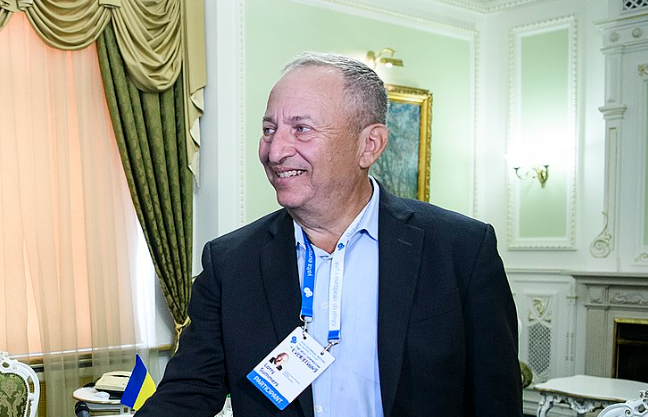Will There Really Be Two Ramadans in 2030?
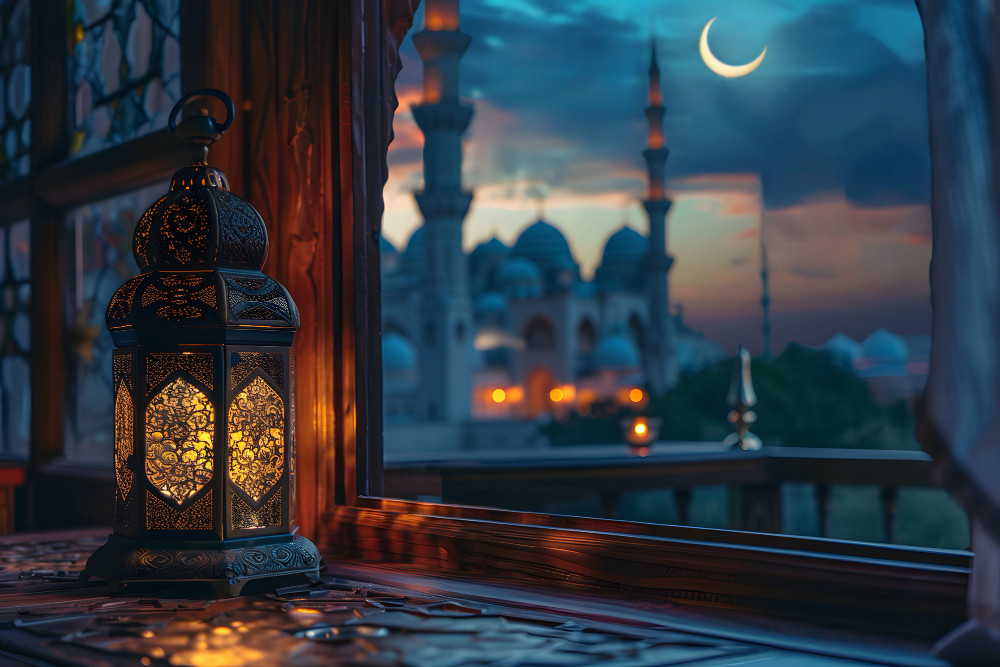
© Freepik
Why will there be two Ramadans in 2030, and how does the lunar calendar cause this?
We are currently observing the holy month of Ramadan, one of the most significant months in the Islamic calendar It is observed by millions of Muslims worldwide through fasting, prayer, and reflection.
Typically, it happens once a year, shifting slightly earlier each time due to the lunar calendar.
However, something unusual will take place in 2030—Ramadan will occur twice within the same year.
This rare event is not due to any change in religious practices but rather a unique feature of the lunar calendar.
Why Will There Be Two Ramadans in 2030?
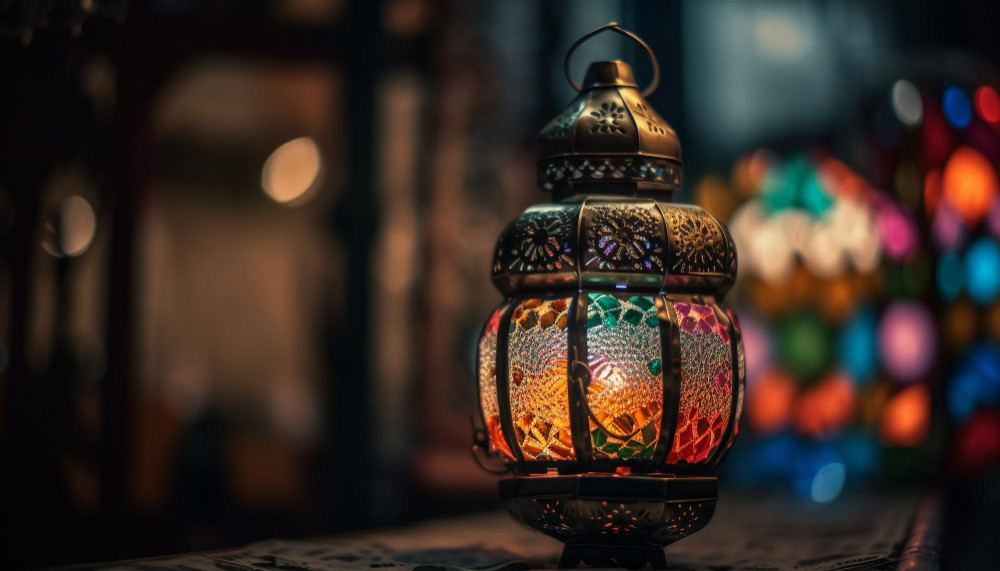
The reason for this rare event lies in the nature of the lunar calendar. A lunar year is approximately 354 days long, while a solar year (which the Gregorian calendar follows) has 365 days.
Since Ramadan follows the lunar cycle, its start date shifts backward each year when compared to the solar calendar.
In 2030, Ramadan is expected to begin in early January and then again at the end of December.
To be exact, the first Ramadan is expected to begin on Saturday, January 5, while the second is anticipated to start on Thursday, December 26.
This means Muslims will observe the first Ramadan at the start of the year and another one before the year ends.
The last time this happened was in 1997, and the next occurrence will be 33 years later.
How Will This Impact Observers of Ramadan?
For those who observe Ramadan, having two in one year is both a spiritual and physical challenge.
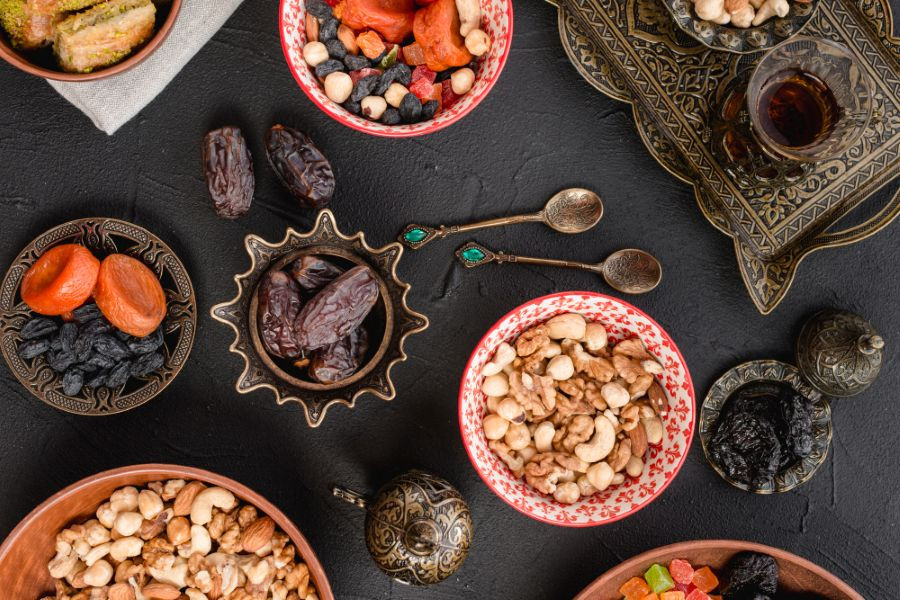
Fasting from dawn until sunset for two separate months within the same year will require dedication and strength.
However, for many, this is seen as a blessing and an opportunity to increase devotion and reflection.
The experience of Ramadan can also differ based on location. In some parts of the world, fasting hours will be shorter in January but longer in December.
Weather conditions will also vary, with some regions experiencing winter during one Ramadan and summer during the other.
Additionally, the timing of Eid al-Fitr, the festival that marks the end of fasting, will also be affected. Muslims will celebrate two Eids in one year, a rare and special occurrence for the community.
A Rare Calendar Shift
While many people rely on the Gregorian calendar for daily life, the lunar calendar plays an important role in Islamic traditions.
The shift of Ramadan’s dates is a natural outcome of these two systems moving at different speeds.
As 2030 approaches, this rare phenomenon will become a topic of discussion among Muslims and scholars. It will be a year filled with unique spiritual experiences and historical significance.
For those who observe Ramadan, 2030 will be a time to cherish—a moment when faith and time align in a special way.
If you have never experienced Ramadan before, 2030 could be the perfect year to learn more about it, as the world will witness this remarkable event together.
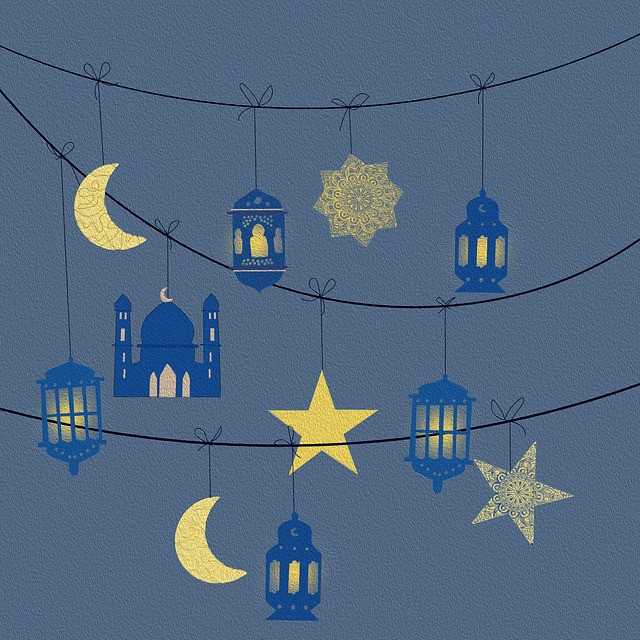
You might also want to read: Why Is Islam the World’s Fastest-Growing Religion?


